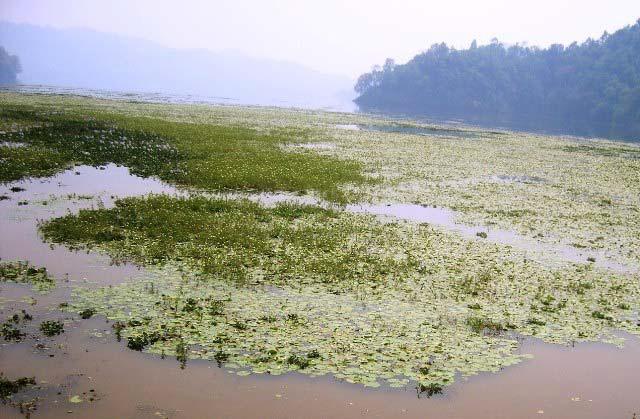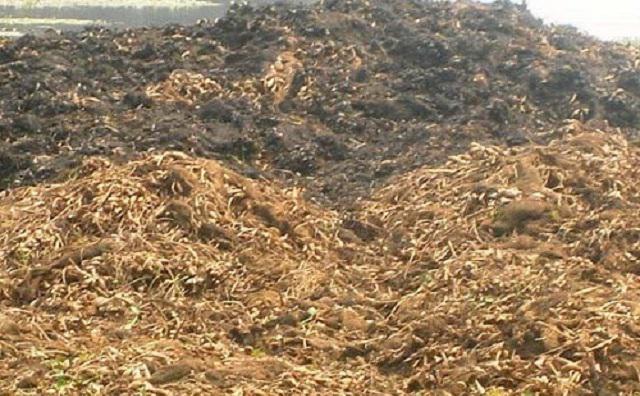Mohan Raj Kafle
Other projects
20 Jul 2009
Promoting Community Based Management of Invasive Water Hyacinth in Pokhara Valley Lakes of Nepal
The aim of the project is sustainable lakes conservation through local communities with wise use of invasive Water hyacinth and watershed management around Begnas and Rupa Lakes of Pokhara, Nepal

Lakes after removal of Water hyacinth.
This 2nd RSG project is for disseminating and mainstreaming results of 1st RSG at household and farmer groups’ level in local communities, participatory management of invasive Water hyacinth and conservation of lakes and their watersheds in Begnas and Rupa lakes of Pokhara. Continual removal of water hyacinth may have some effects on wetlands ecology. This work will assess those effects, as new component.

Hyacinth compost.
This project is proposed to:
1. Enhance knowledge and skills of farmers around lakes on wise use of invasive water hyacinth through trainings and demonstrations of Water hyacinth composting and show the effects of this compost in crop productivity.
2. Build conservation awareness among farmers, local stakeholders and students for wise use and sustainable management of lakes and watershed resources.
3. Mainstream compost production from invasive water hyacinth and associated conservation activities in annual work-plan of local farmer groups around the lakes for sustainability of project outputs.
4. Assess effect of water hyacinth removal to avifaunal diversity and fishery.
The project will address the goal of sustainable lakes conservation for the sustenance of Lake Ecosystem with active involvement of local community for their long term benefits.
Specifically the project expects following outcomes:
\ Reduced invasion and sediment deposition in lakes due to regular removal of water hyacinth and conservation practices in watershed areas.
\ Low cost removal of terrible water hyacinth mobilizing local community for better aquatic ecology.
\ Uplifted economy of farmers and lake dependent communities with the use of water hyacinth as compost fertilizer as low cost agriculture input and with improved environment of lakes for boating and fishing.
\ Promoted tourism in the area with the enhanced environment of lakes and profession of traditional lake dependent communities will get continuation that raise the local economy.
\ Enhanced awareness level of students and lake stakeholders in the wetlands conservation and effective management of invasive species.
\ Promoted mainstreaming of project findings and mechanism for wise use of invasive water hyacinth through motivated and strengthened farmers’ institutions that help to extend or scaling out of the work.
\ Adopted methodologies for making low cost compost products by individual or farmers’ groups in the form of micro-enterprise that will have direct effect on socio-economics of the area.
\ Understood difference between having or having not situation of Water hyacinth on the ecology and ecosystem of the lakes that way out for invasive species management options in future.